Born in Australia in 1978, Adam Ferguson studied photography at Griffith University. He first won…


Born in Australia in 1978, Adam Ferguson studied photography at Griffith University. He first won…
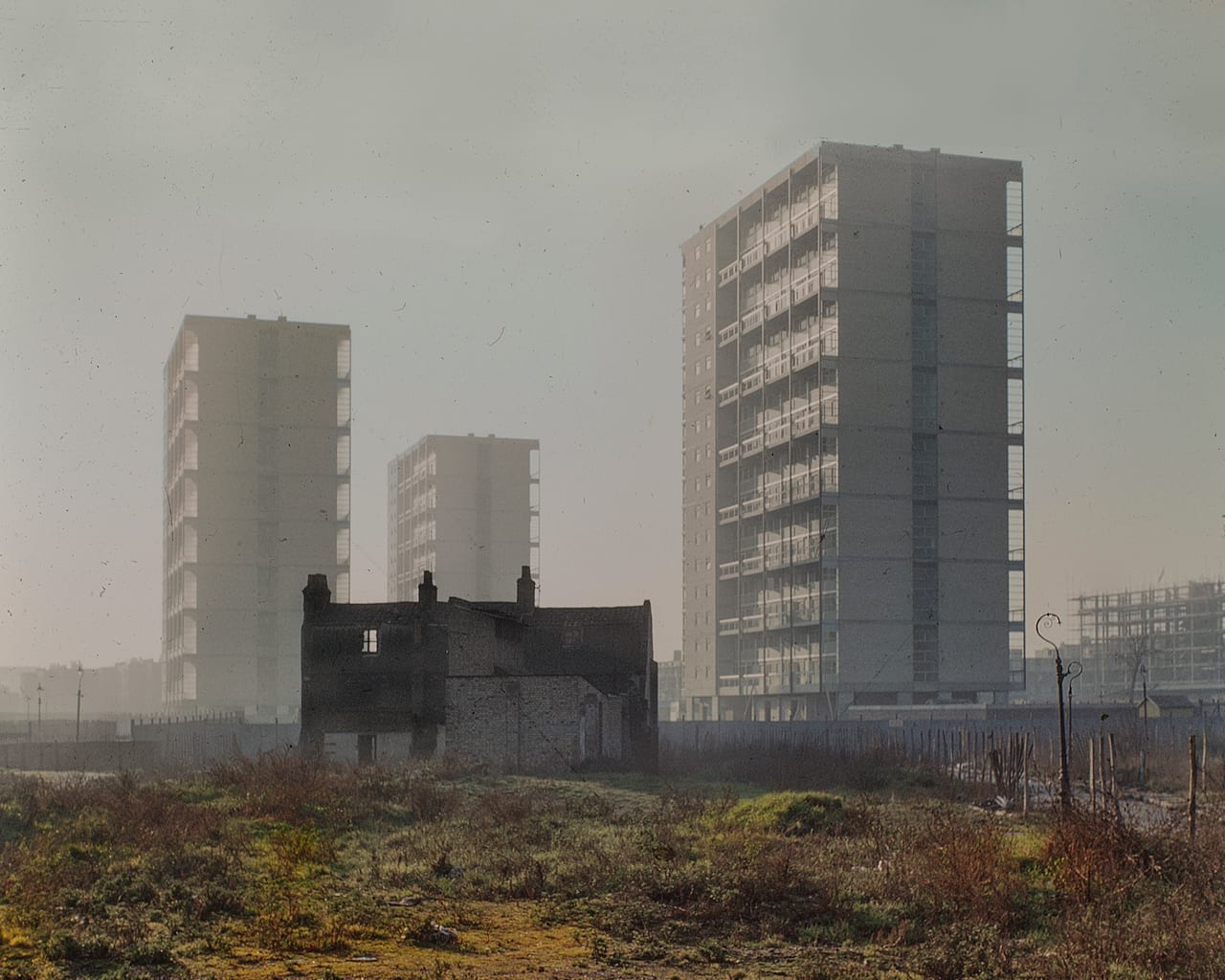
“The East End after the war was an imagined territory for me,” writes photographer Chris…
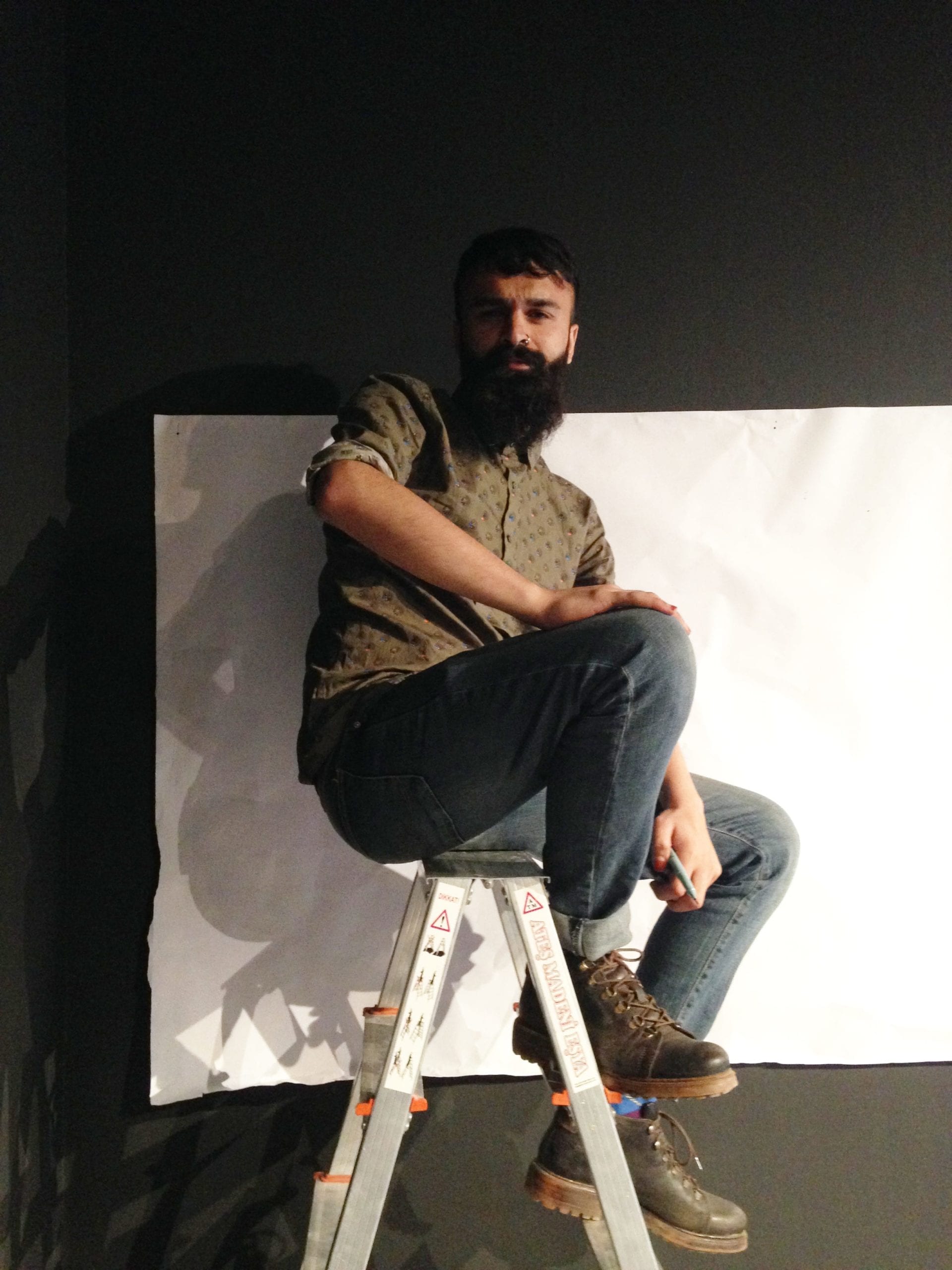
On 13 February, Çağdaş Erdoğan will stand trial in Istanbul accused of membership and support of the Kurdistan Workers’ Party (PKK), a separatist group classified as a terrorist organisation by the Turkish government. Erdoğan is of Kurdish descent, grew up in the region and, as an adult, embedded with affiliates of the PKK during the complex, multifactional conflict that has crossed the borders of Syria, Iraq and Turkey. But he did so, he claims, purely as a photojournalist intent on documenting an unseen conflict for the world’s media and without any alliance with or allegiance to any organisation. His only allegiance was to photography.

Last month BJP focused in on group work; this month we’re looking at a different kind of collaboration – projects in which photographers engage in a two-way dialogue with their subjects. One of the best – and the best-known – examples is Jim Goldberg, who works with subjects such as teenage runaways and migrants to tell wide-sweeping stories of marginalisation and economic disparity. Using an eclectic mix of photographs, archive materials and video, and both marking up himself and invites his subjects to write on, he creates complex montages guided by his sense of “intimacy, trust and intuition”. Incorporating the perspectives of the communities and subcultures he represents, his work is informed by his own background in a blue-collar family in New Haven.
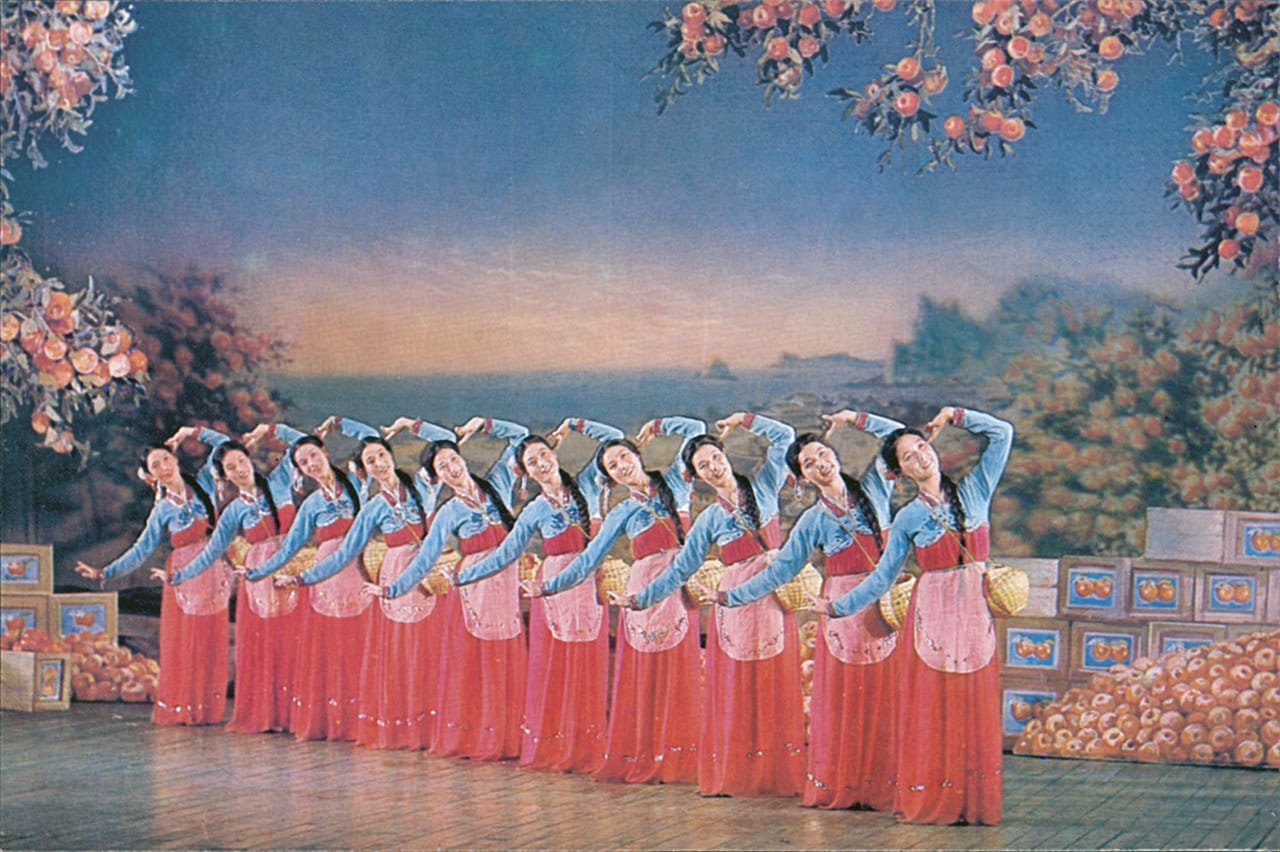
Nicholas Bonner first visited Korea in 1993, and since then has spent “most of my adult life involved in North Korea”. Now based in Beijing, he makes regular trips to the country with his company, Koryo Tours, and has also put together films and other cultural projects with North Korea with his other business, Koryo Studio. Bonner has collected ephemera from North Korea for nearly 25 years and recently published a book showcasing some of it with Phaidon, Made in North Korea: Graphics from Everyday Life. Featuring everything from metro tickets to stamps, postcards to luggage labels, tinned food labels to gift-wrap, it includes a healthy proportion of photographs made and disseminated by the DPRK. BJP caught up with him to find out more.
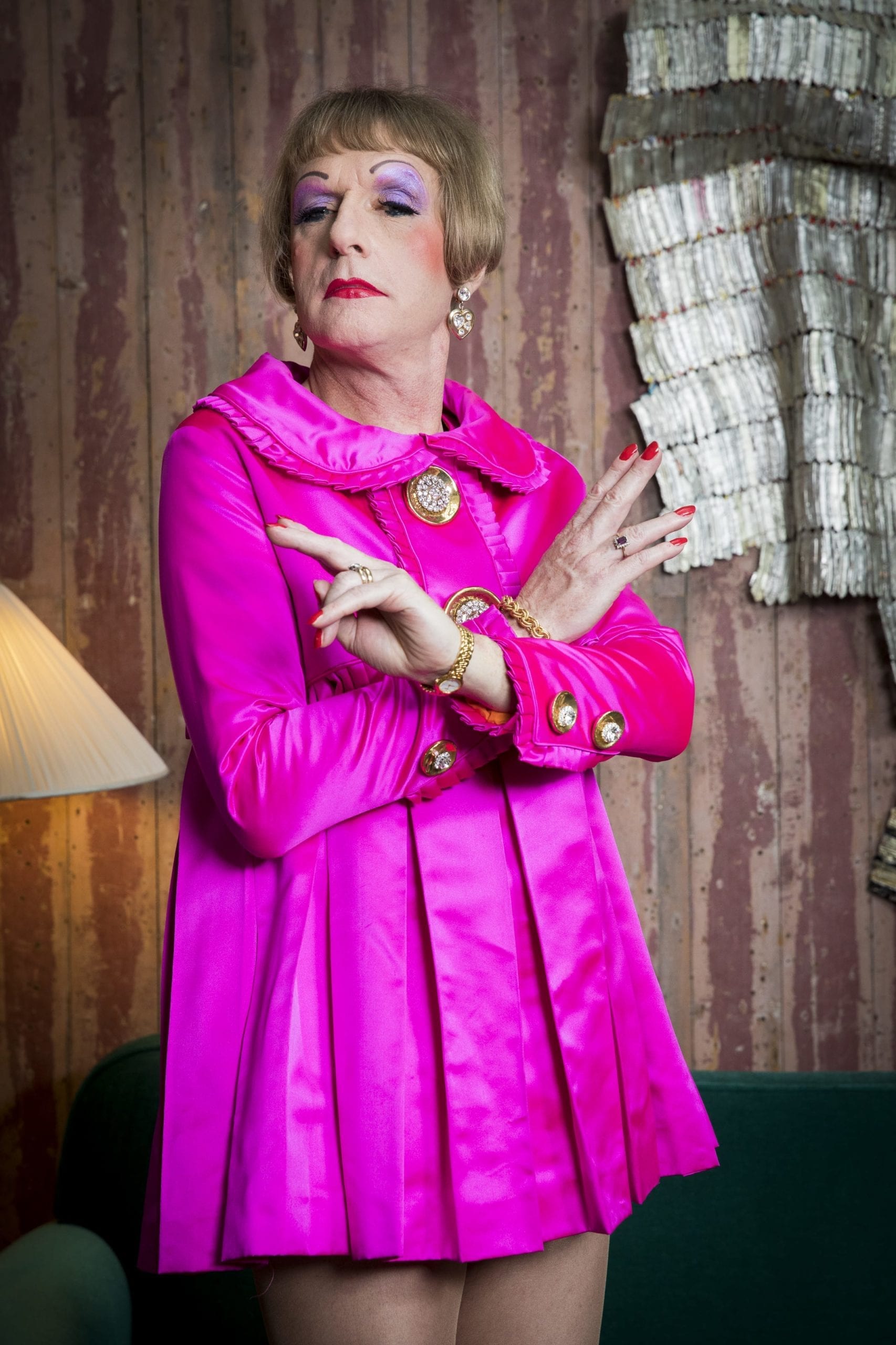
On the 250th anniversary of the Royal Academy’s Summer Exhibition, this year’s show will celebrate artistic innovation today
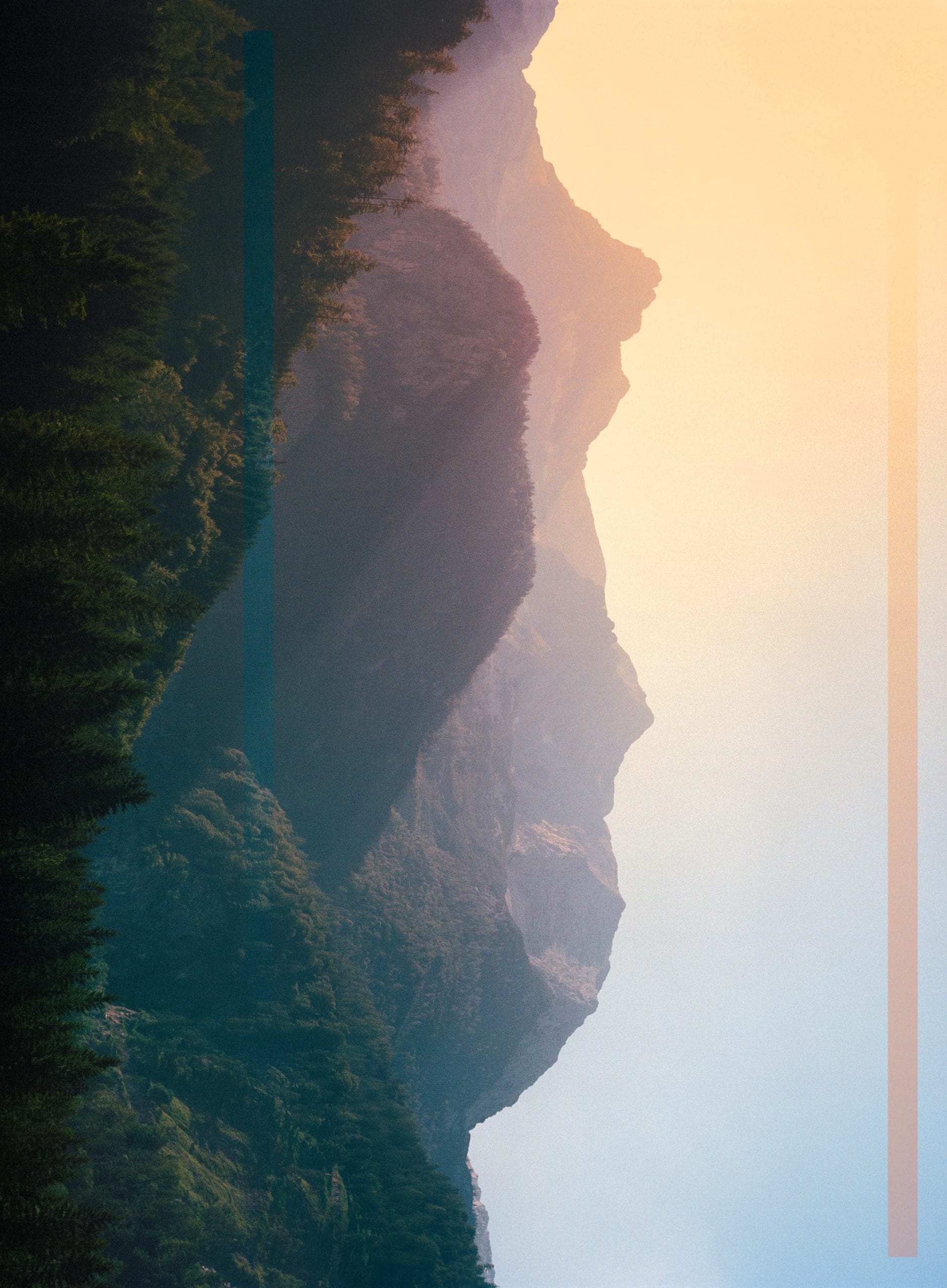
The Austrian photographer took to the sprawling mountain ranges of his homeland to create an alternative representation of the country
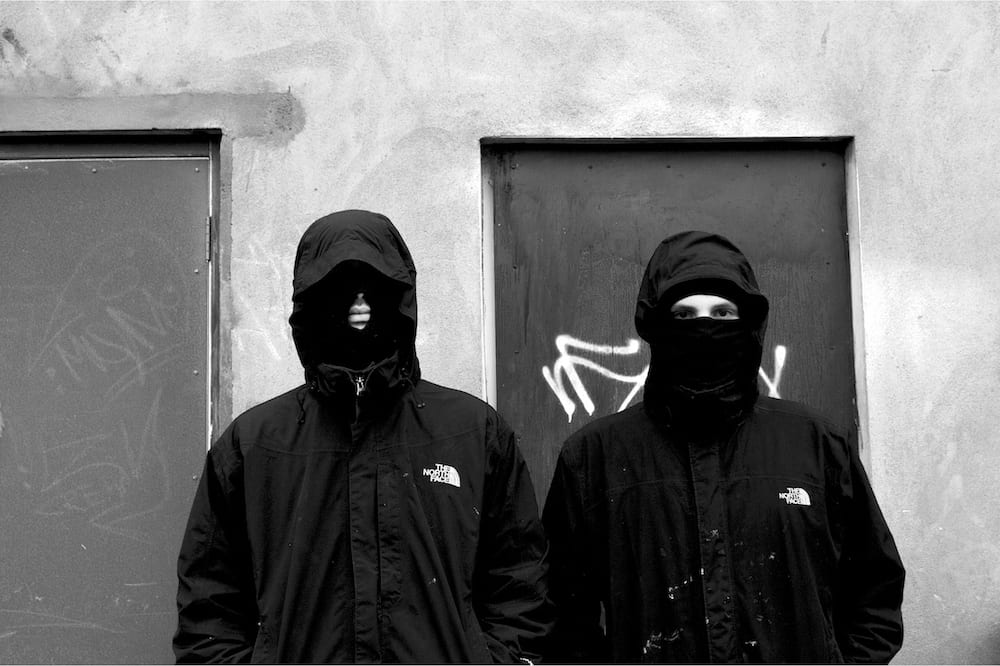
Shadowing a London graffiti crew for one year altered Marc Vallée’s perception of the place he calls home

“It may seem like a provocation, but I am not particularly interested in architecture – at least not in that of great architects and cult buildings,” says Eric Tabuchi. “I’m interested in what humans build, whether for shelter, work, recreation or worship. Basically, what has captivated me for 20 years is the vast domain of anonymous architecture, which is the daily environment of most of the inhabitants of this planet, and which we do not look at it so much. It appears to us without any real quality.”